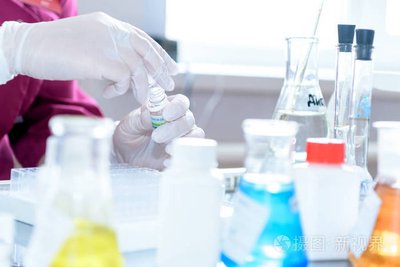Why can’t titanium dioxide dispersants be directly diluted with water?
From a molecular structure perspective, titanium dioxide dispersants belong to polymeric surfactants, whose molecular chains exhibit unique amphiphilicity: one end is a lipophilic group, and the other end is a hydrophilic group. However, the force of the lipophilic groups is far stronger than that of the hydrophilic groups. When directly exposed to water, the lipophilic groups rapidly attract and entangle each other due to the hydrophobic effect, causing the molecular chains to self-aggregate and form visible agglomerations. Such agglomerations not only reduce the effective activity of the dispersant but also affect the stability and application performance of subsequent products.
The correct operation method is as follows:
- First, select an organic solvent with good compatibility with the dispersant, such as propylene glycol methyl ether acetate (PMA) or xylene. Slowly add the dispersant into the solvent and stir it at medium-low speed (200–400 rpm) until it fully dissolves to form a uniform transparent solution.
- Preheat the dilution water to 30–40°C, then slowly add it to the above solution in a thin stream while starting high-speed stirring at 800–1200 rpm. As water is continuously added, the dispersant molecules gradually undergo phase transition: the lipophilic groups wrap the organic solvent inward, and the hydrophilic groups contact water outward. After stirring continuously for 30–60 minutes, a stable milky white emulsion is finally formed.
The milky white liquid plays an irreplaceable role in coating production:
When used in practice, add the dispersant emulsion at 0.5%–2% of the titanium dioxide dosage in the coating formula. After uniform dispersion by mechanical stirring, it forms a dense adsorption layer on the surface of titanium dioxide particles, effectively reducing the surface tension between particles and preventing pigment flocculation and sedimentation. For coatings treated with the dispersant, titanium dioxide particles are more uniformly distributed in the coating film after spraying or brushing, significantly improving the hiding power, whiteness, and gloss of the coating. This fully unleashes the coloring performance of the pigment, making it widely used in interior and exterior architectural coatings, industrial paints, and other fields as an essential additive in coating production.

